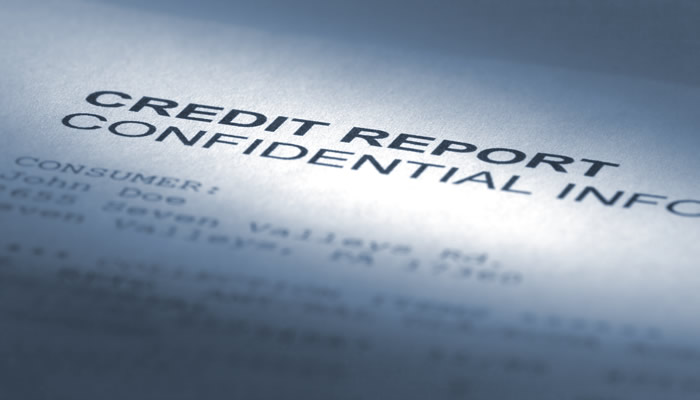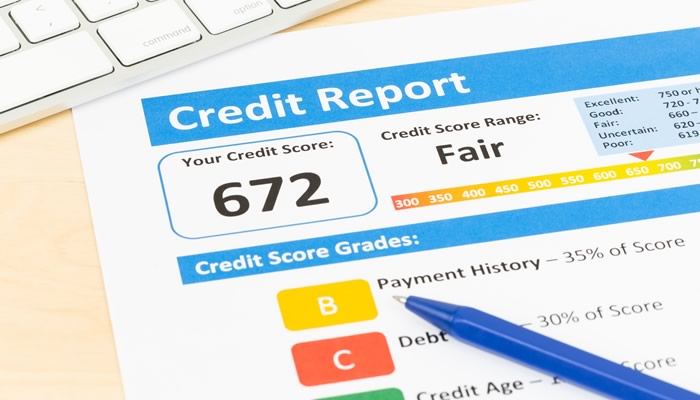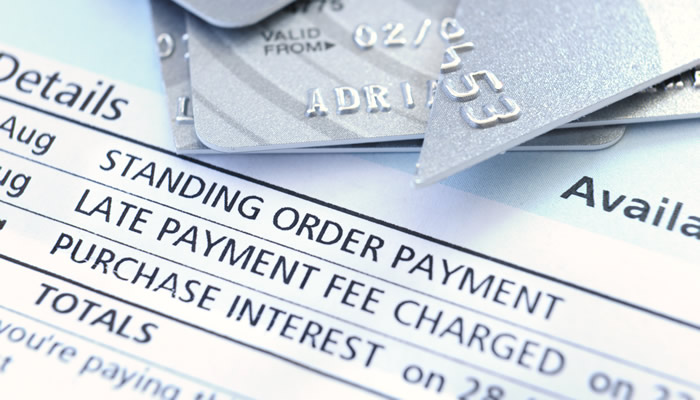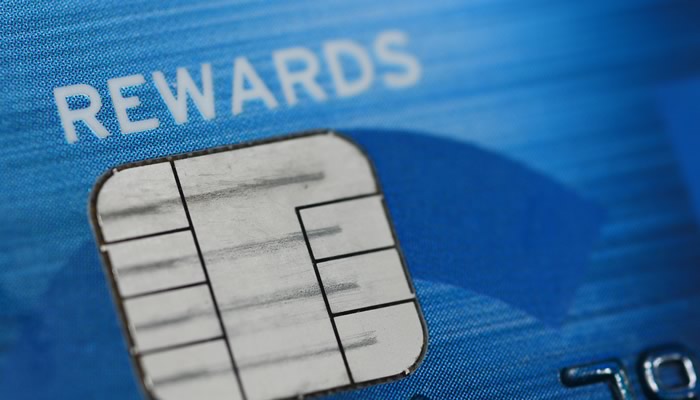Understanding Your Credit Report
If you intend to make a major purchase in the not too distant future like a home or car, maintaining a good credit score is vital. A decent credit profile will help you get approved for a loan at the lowest interest rate, potentially saving you thousands in interest in your lifetime.

Your credit report is a lot like your report card when you were in grade school. A credit report is a snapshot of your credit history and is the main tool used by lenders in deciding whether to extend you credit. By gaining a better understanding of your credit report, you can find any blemishes in your credit score and immediate take actions to improve them.
What is a Credit Score?
There are two main credit reporting agencies in Canada: Equifax and TransUnion. These agencies carefully track your personal credit use. Whenever you apply for credit, such as a credit card or a mortgage, the lender will request a copy of your credit report. Your credit score is not included on your credit report, but your credit score is often used by lenders to make a decision on your creditworthiness. This three-digit number is calculated using the information found in your credit report. It’s used by lenders to assess your financial health and risk at a specific time. Scores typically range from 300 to 900. Good scores are typically 670 and higher; anything over 750 is considered excellent.
While you generally have to purchase your credit score, requesting a credit report is free by mail.
Review Your Credit Report
It’s important to regularly review your credit report. If you’ve recently been turned down for a loan, your credit report will more than likely provide the answer.
You are entitled to one free credit report per year delivered by mail from each credit reporting agency. With your credit report in hand, you should carefully review it to see which factors may be leading to your low score.
Understanding Debt Ratings
With so many different types of credit, how do credit reporting agencies possibly keep track of all of them? Equifax and TransUnion have developed a simple coding system to track your payment history. Your lenders regularly communicate with agencies and indicate if you’re paying your bills on time. The codes are made up of two parts: a letter and a number.
Letter: Type of Credit
The letter stands for the type of credit. It’s mostly for information purposes for lenders.
I – Stands for “installment loans,” such car loans. Money is borrowed as a lump sum for a set period of time and repaid in fixed amounts (installments) on a recurring basis until the loan is paid in full.
M – Stands for “mortgage loans,” such as the mortgage on your principal residence. A mortgage is similar to an installment loan. It’s used to purchase a property with regular payments spread over many years.
O – Stands for “open status credit,” such as a line of credit. Money is borrowed as needed up to a set credit limit. Interest is only paid on the outstanding amount. As long as you make the minimum payment, your account will remain in good standing.
R – Stands for “revolving or recurring credit,” such as credit cards. Revolving credit is the most common type of consumer credit. Similar to open credit, you can borrow as needed on an ongoing basis up to a set credit limit. Regular payments are made based on the size of your outstanding balance. Paying at least your minimum balance will help maintain a good credit score.
Number: Payment History
The number can range from 1 (best rating) to 9 (worst rating). If you have a rating of 1 on all your different types of credit accounts, it will help you achieve a higher credit score. Any rating above 1 it will have an adverse effect on your credit score. A rating of 9 means the debt has been written off or has been sent to a collection agency and will dramatically lower your credit score.
0 – Too new to rate; or approved, but not yet used
1 – Paid within 30 days of billing; pays as agreed.
2 – Payment 31-59 days late.
3 – Payment 60-89 days late.
4 – Payment 90-119 days late.
5 – Payment more than 120 days late, but not yet rated “9.”
6 – N/A
7 – Making regular payments under a special arrangement, such as a consolidating loan, with a credit counselling agency.
8 – Repossession of property
9 – Debt has been written off as “bad debt” and/or sent to a collection agency; or you’ve filed for personal bankruptcy.
For more information on your credit report and maintaining a healthy credit score, please read the Financial Consumer Agency of Canada (ACFC) guide.




